
Tan Malaka was an Indonesian teacher, philosopher, founder of Struggle Union and Murba Party, independent guerrilla, Indonesian fighter, and national hero. Tempo credited him as Father of the Republic of Indonesia.
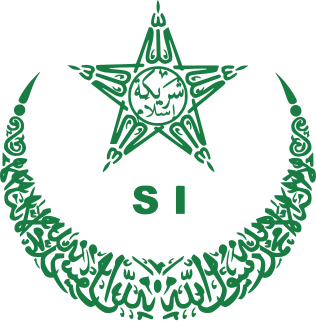
Sarekat Islam or Syarikat Islam was an Indonesian socio-political organization founded at the beginning of the 20th Century during the Dutch colonial era. Initially, SI served as a cooperative of Muslim Javanese batik traders to compete with the Chinese-Indonesian big traders. From there, SI rapidly evolved into a nationalist political organization that demanded self-governance against the Dutch colonial regime and gained wide popular support. SI was especially active during the 1910s and the early 1920s. By 1916, it claimed 80 branches with a total membership of around 350,000.

HajiAgus Salim was an Indonesian journalist, diplomat, and statesman. He served as Indonesia's Minister of Foreign Affairs between 1947 and 1949.
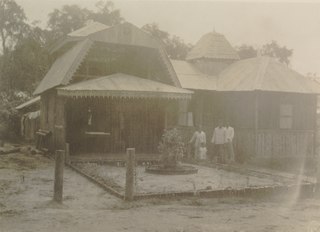
Boven-Digoel was a Dutch concentration camp for political prisoners operated in the Dutch East Indies from 1927 to 1947. It was located in a remote area on the banks of the river Digul, in what is now Boven Digoel Regency in Papua, Indonesia. The site was chosen in 1928 for the internal exile of Indonesians implicated in the 1926 and 1927 communist uprisings in Java and Sumatra. Indonesian nationalists not associated with the Indonesian Communist Party were subsequently also sent there.

Marco Kartodikromo, also known by his pen name Mas Marco, was an Indonesian journalist and writer.

Djawa Tengah was a major Malay-language peranakan Chinese daily newspaper in Semarang, Dutch East Indies from 1909 to 1938. It is said to have been the first Chinese newspaper in Semarang.

Tjhoen Tjhioe was a Malay language Peranakan Chinese newspaper from Surabaya, Dutch East Indies catering mainly to the Chinese population. The full title of the paper was Tjhoen Tjhioe: Soerat kabar dagang bahasa Melajoe jang moeat roepa kabar penting bagi bangsa Tionghoa. Although the paper only existed for a short time, during that time it was recognized as one of the top Chinese newspapers in the Indies, alongside Sin Po and Perniagaan.
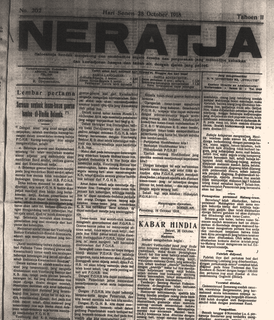
Neratja, later Hindia Baroe, was a Malay language newspaper printed from 1917 to 1926 in Weltevreden, Dutch East Indies. Although originally founded with government support to be a Malay voice for the Dutch Ethical Policy, before long it became associated with the Sarekat Islam and the Indonesian National Awakening. Among its editors were important figures of the Indonesian national movement such as Abdul Muis and Agus Salim.
Djawi-Hisworo was a newspaper printed in Surakarta, Dutch East Indies from 1909 to 1919 in Malay and Javanese. It was considered the mouthpiece of the early Javanese self-improvement organization Boedi Oetomo.
Raden Darsono Notosudirdjo, more commonly known simply as Darsono, was a journalist and editor of Sinar Hindia, an activist in the Sarekat Islam and chairman of the Indonesian Communist Party from 1920 to 1925.
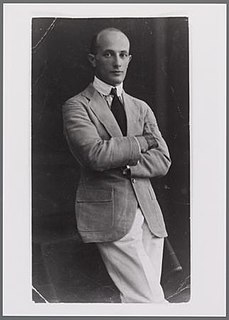
Adolf Baars was a Dutch-Jewish Communist, engineer, and writer who is largely remembered today for his early role in the Indische Sociaal-Democratische Vereeniging and the Indonesian Communist Party.
Warna Warta was a Malay language Peranakan Chinese newspaper published in Semarang, Dutch East Indies from 1902 to 1933. Alongside its more popular rival Djawa Tengah, it was highly influential among the Chinese Indonesian population of Semarang during this time.
Raden Pandji Wirasmo Notonindito, often referred to as Dr. Notonindito, was a Javanese accountant, intellectual and politician in the Dutch East Indies. He founded the short-lived Indonesian Fascist Party in 1933.
The Indonesian Fascist Party was a short-lived Fascist political party founded in Bandung, Dutch East Indies in the summer of 1933 by a Javanese economist and politician named Notonindito. Although it did not last long and is poorly documented, it is often cited as an example of how European Fascist ideas could manifest themselves in an Asian context, as well as appearing in conspiracy literature exaggerating its importance.

Saadah Alim (1897-1968) was a writer, playwright, translator, journalist and educator in the Dutch East Indies and in Indonesia after independence. She was one of only a handful of Indonesian women authors to be published during the colonial period, alongside Fatimah Hasan Delais, Sariamin Ismail, Soewarsih Djojopoespito and a few others. She is known primarily for her journalism, her collection of short stories Taman Penghibur Hati (1941), and her comedic play Pembalasannya (1940).

Lie Eng Hok (1893-1961) was an Indonesian independence activist and Indonesian Communist Party (PKI) supporter in the Dutch East Indies. He was also a journalist for the popular Chinese Indonesian newspaper Sin Po. The Dutch government accused him of being involved in the 1926 Banten rebellion and exiled him to the Boven-Digoel concentration camp from 1927 to 1932. He was a personal friend of Wage Rudolf Supratman, author of the Indonesian national anthem. He was granted the status of Pioneer of Independence by the Indonesian government in 1959.

Aliarcham (c.1901-1933) was a Sarekat Islam and Indonesian Communist Party party leader, activist and theoretician in the Dutch East Indies. He was a major figure behind the PKI's turn to more radical policies in the mid-1920s. He was arrested by Dutch authorities in 1925 and exiled to the Boven-Digoel concentration camp, where he died in 1933. He became a well-known Martyr, especially among Communists and Indonesian nationalists.
Soetitah was a Sarekat Islam and Communist Party of Indonesia (PKI) propagandist, activist, and schoolteacher in Semarang, Dutch East Indies in the 1910s and 1920s. She was a close ally of Semaun, Tan Malaka, and other Semarang communists of the time and was chair of the women's section of the party in the early 1920s. She was exiled by the Dutch to the Boven-Digoel concentration camp from 1927 to 1930.
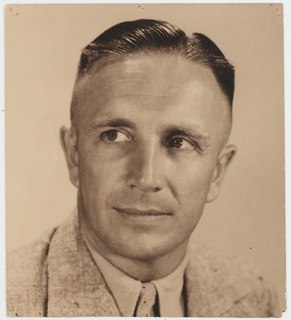
Louis Johan Alexander Schoonheyt (1903-1986), commonly known as L. J. A. Schoonheyt, was a Dutch medical doctor, writer, and supporter of the National Socialist Movement in the Netherlands before World War II. From 1935 to 1936 he was the camp doctor at the Boven-Digoel concentration camp in New Guinea, Dutch East Indies, and is mostly known today for the book he wrote about his experiences there, Boven-Digoel: Het land van communisten en kannibalen (1936). His praise for the conditions in the camp earned him the ire of the internees, Indonesian nationalists, and Dutch human rights advocates; E. du Perron called him a 'colonial bandit', while many internees burned his book after reading it in the camp.

Soekaesih was a Communist Party of Indonesia activist known for being one of only a handful of female political prisoners exiled by the Netherlands government to Boven-Digoel concentration camp. After being released she traveled to the Netherlands in the late 1930s and campaigned for the camp to be shut down.














